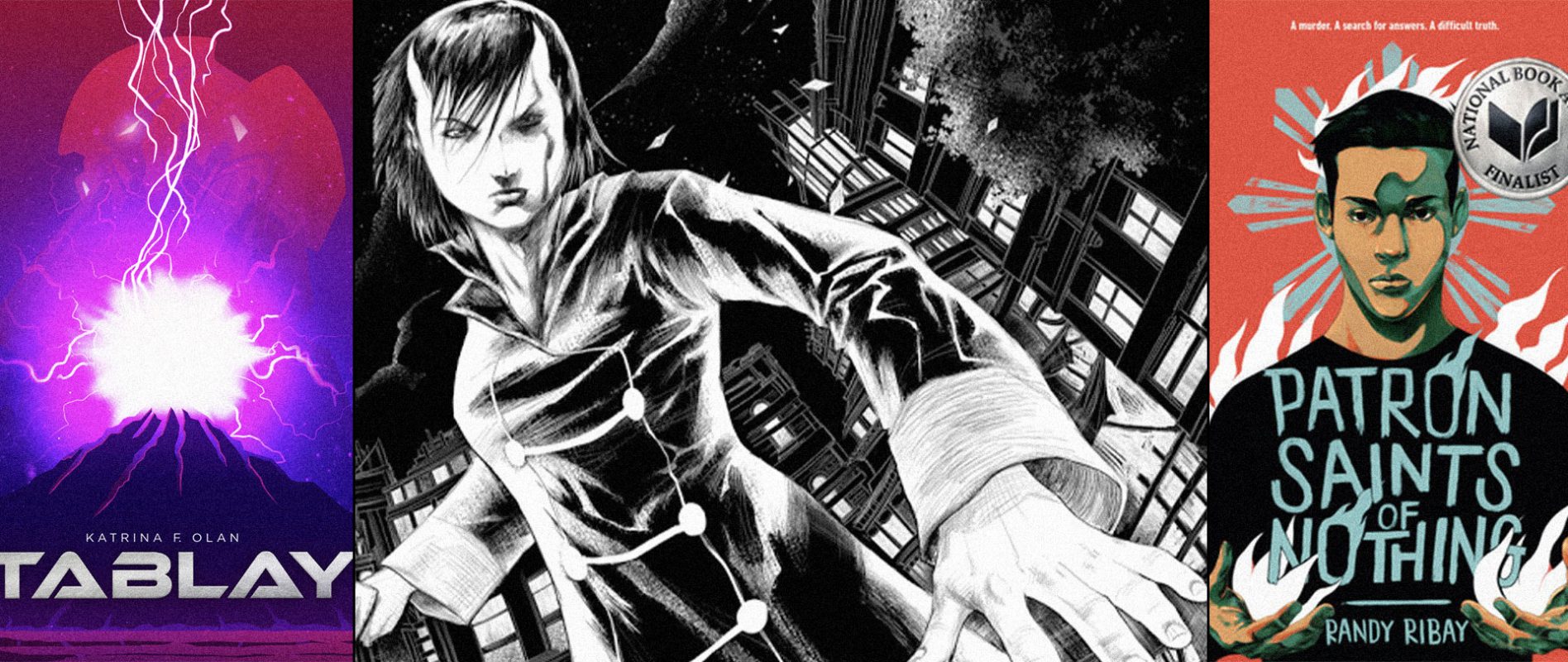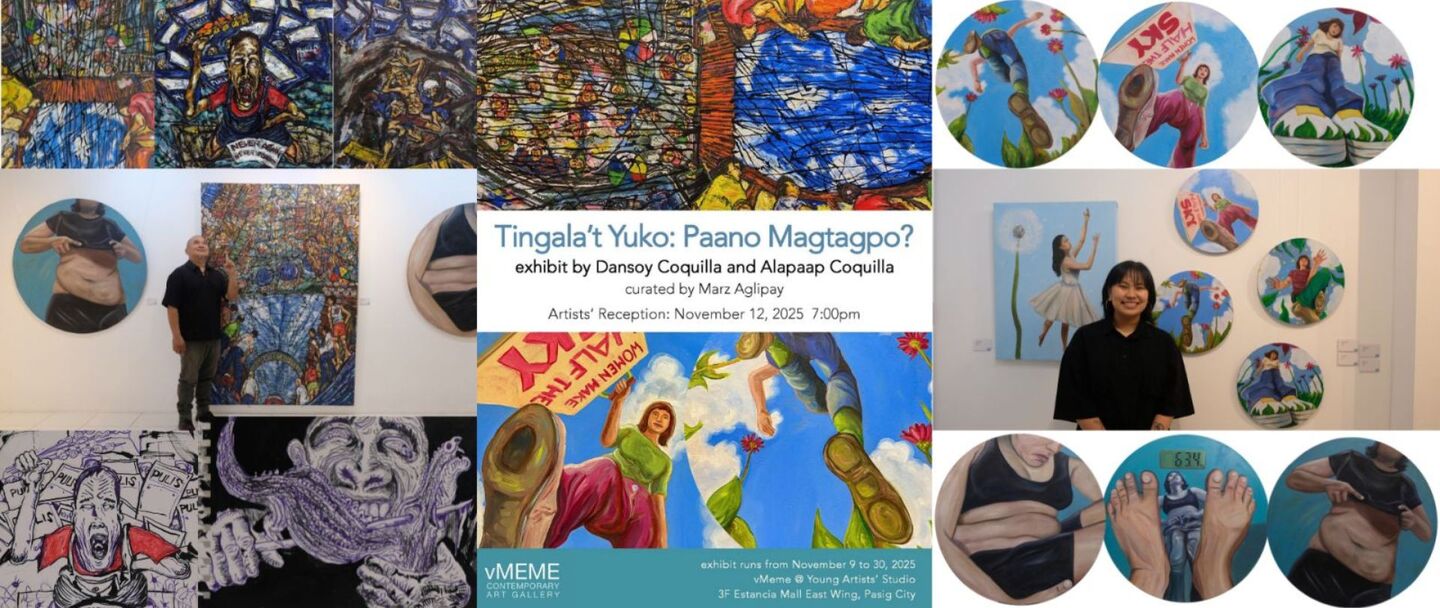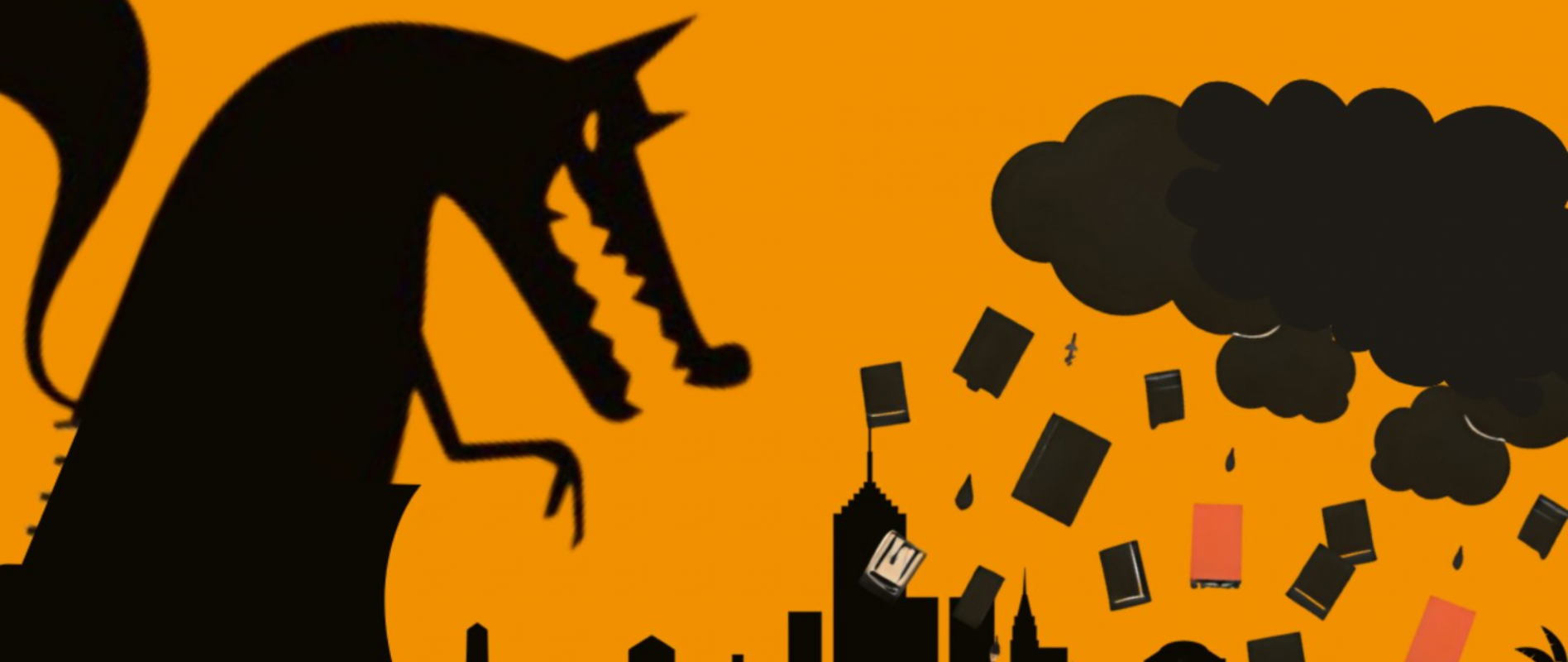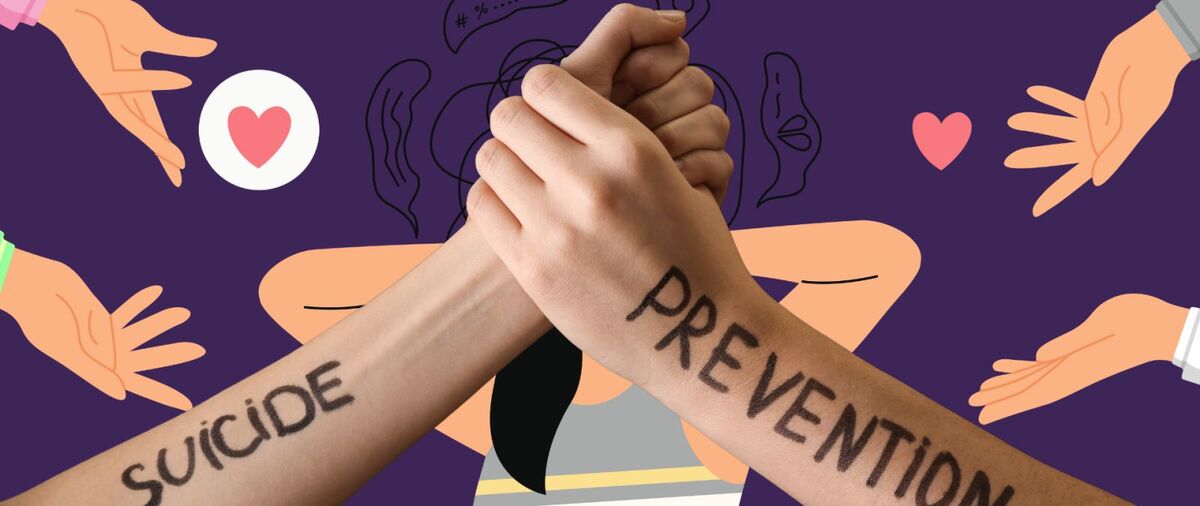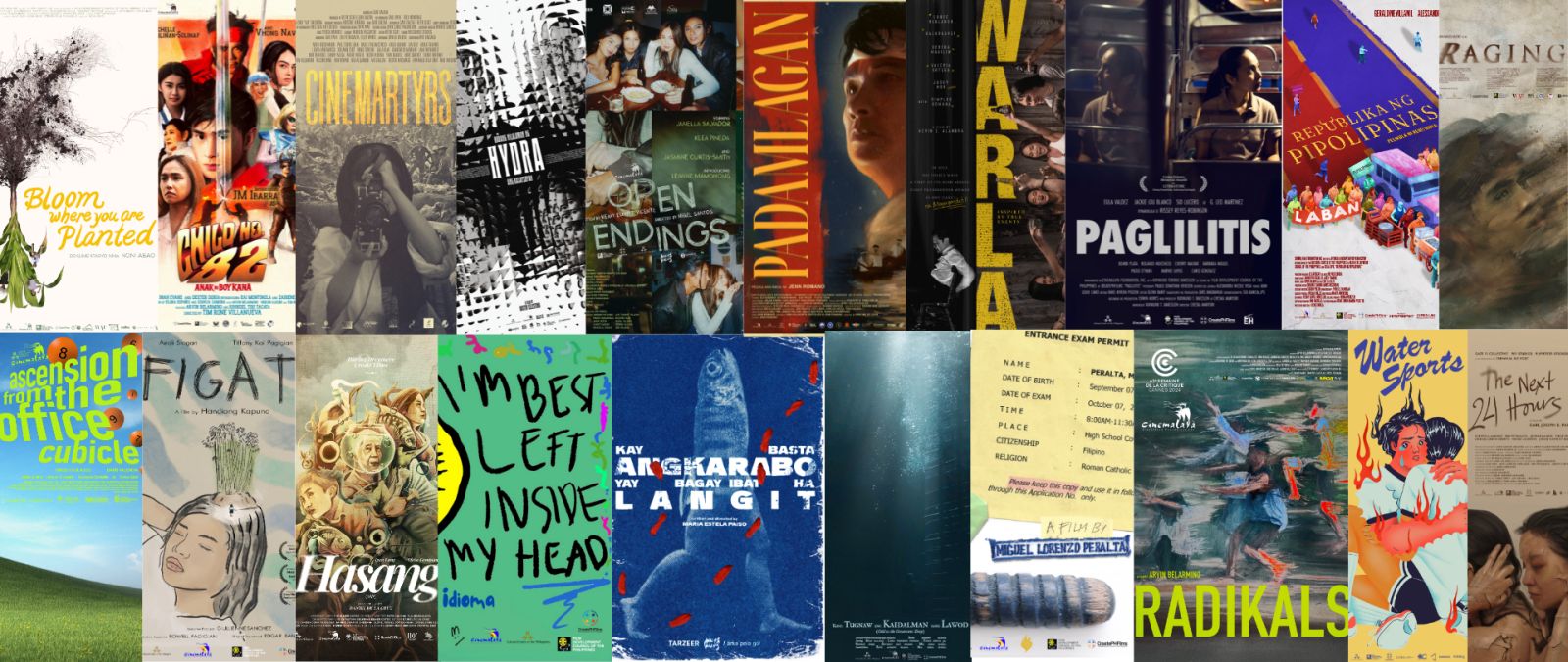ASWANGS, THE WAR ON DRUGS, AND MORE: A LAST MINUTE LIST OF FILIPINO-AUTHORED BOOKS FOR BUWAN NG WIKA
With only a few days left before we launch into the -ber months, there's still time to do some last minute Buwan Ng Wika celebrations with these books by Filipino writers.
Buwan ng Wika is a great time to honor the rich culture of Filipino literature while putting a spotlight on our language systems, ancestral roots, and more. In regards to that, this month-long celebration doesn’t only just focus on the widely-used Tagalog and other commonly-practiced local languages; but it’s also a nod to how our authors proudly translate an authentic Filipino story to their novels—may it be fiction, fantasy, or not.
Often times, we think that Filipino-authored books would be similar to the usuals we studied in school; those with profound words that gets us lost in translation. But there’s actually a diverse collection of novels from our writers ranging a plethora of genres, and a lot of which are beloved and recognized all over the world. Of course, most of these works are written majority in English to attract a wider audience, but there are also vibrant moments appreciating our language and culture embedded in its words, musings, and pages.
This is but a small peek into the wide world of Philippine literature with unique stories that are fictional, yet deeply familiar to our own identities. These examples, and so much more, are incredible manifestations that show off both our creativity in storytelling, and the rich treasure trove of folklore, history, struggles, and joys unique to the Filipino experience.
Here’s some to get you started:

Originally published in 2014 by Malonzo, the Tabi Po graphic novel series is a Tagalog-written story that follows Elias, a kid-turned-aswang, struggling to live among the townspeople of a Philippine province under Spanish colonial rule. This is a morbid, violent, and fascinating depiction of one of the scariest creatures in Philippine mythology. It exhibits a clever twist on its narration as it centers around the perspective of the “monster” instead of its preys.
The novel received critical-acclaim including a prestigious National Book Awardee for Graphic Literature (Filipino). Following its impact was its live-action adaptation back in 2017 that stars AJ Muhlach for the lead role along with Phoebe Walker and Luis Alandy. It aired as a six-episode TV series with each episode an hour-long on Cignal’s Sari Sari Channel.
Patron Saints of Nothing by Randy Ribay

Ribay tells a powerful story of the families left behind by the war on drugs as the Filipino-American protagonist, Jay, flies to the Philippines to uncover the mystery of his cousin’s murder. As the story progresses, readers are led into a climactic analysis on how systems in the society and his own actions may have caused the incident. The novel brings forth topics of biracial identity through scenarios of an Am-boy being reintroduced to his ancestry, and the heartbreaking reality of extrajudicial killings in the country.
The book was awarded as a National Book Award Finalist for Young People’s Literature in 2019.
Smaller and Smaller Circles by F. H. Batacan

An old but gold tribute from 2002, this book is a fantastic entry to the mystery genre with a story that is lauded as one of the first Filipino crime novel. The story follows two Catholic priests who took matters into their own hands to investigate a brutal serial killer on the loose. Set in Payatas, Quezon City, the book exhibits a compelling narrative that also zeroes in on the failures of the authorities, the inadequacy of the system, and the Philippine society at large.
The book holds a prestigious Carlos Palanca Grand Prize for the English Novel back in 1999. It has also found its way into the big screen back in 2017 with a movie adaptation of the same title directed by Raya Martin.
The Mythology Class: A Graphic Novel by Arnold Arre

Another Pinoy classic, this stunning 1999 illustrated story is centered around Nicole, a University of the Philippines Anthropology student, who has an obsession for local mythology. With her friends supporting her, they take on an epic journey to recapture enkantos (supernatural creatures) that went loose around their city. Soon enough, a chilling meeting of the very “monsters” they learned about in class will happen as the story progresses.

The Trese series might be one of the Philippines’ most successful original graphic novels in recent years as it plays out the life of supernatural detective Alexandra Trese and her ventures with various characters and creatures from local folk tales and mythology all over the country. What’s interesting about this book is how it fuses real actual people and fantasy into its own universe. Some of the cameos you can find here include Imelda Marcos, Manny Pacquiao, and even the classic Pinoy superheroine, Darna.
This anthology is also getting its very own Netflix anime adaptation, but the release date hasn’t been finalized yet. Get ready to witness Alexandra Trese and her twin bodyguards as they fight off and make pacts with mythological creatures with Tan’s creative spin that bridges fantasy with reality, traditional myth with modern take.
The Last Time I Saw Mother by Arlene J. Chai

The New York Times reviewed it as “an often lyrical and always tough-minded debut..” Then goes on with “[It] provides rare insight into the three cultures—Spanish, Chinese, and Filipino—that coexist in the Philippines.”
Chai presents a story of three generations of women and how their lives and identities were shaped by local historical events like the Japanese occupation, Martial Law era and the People Power Revolution, and all the moments in between.

The most recent release in this list, Tablay is set 136 years into the future where New Intramuros, Manila is surrounded by high walls protecting it from the mechanical aswangs and other creatures. The ultra-futuristic sci-fi novel follows Anya as she gets wholly consumed by the politics and duties of the Philippine Mech Force as she pushes to protect her people. This particular novel does a stunning job at relating its readers with the world most of us grew up with, then translating it with a future-forward idea of its own original universe.

